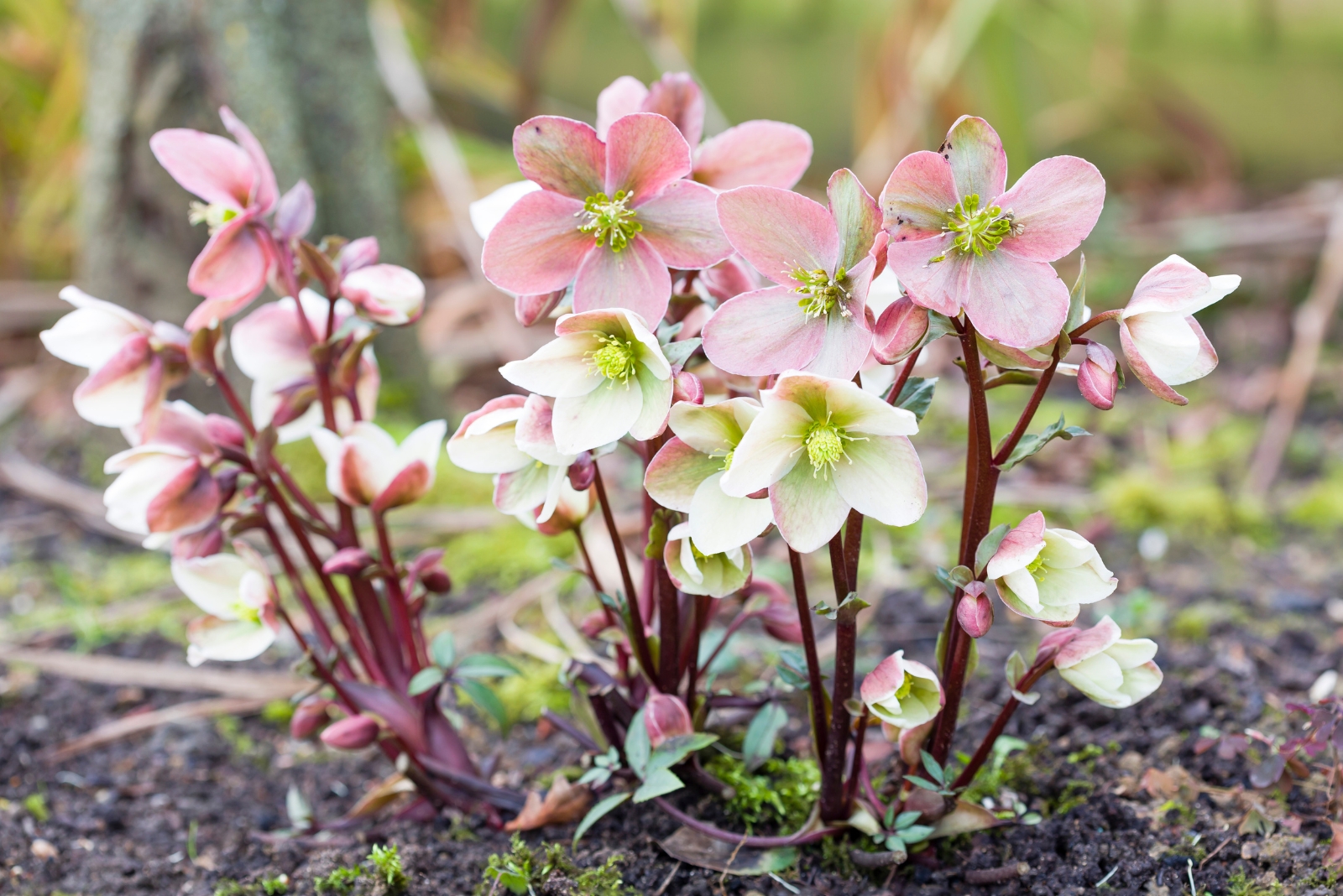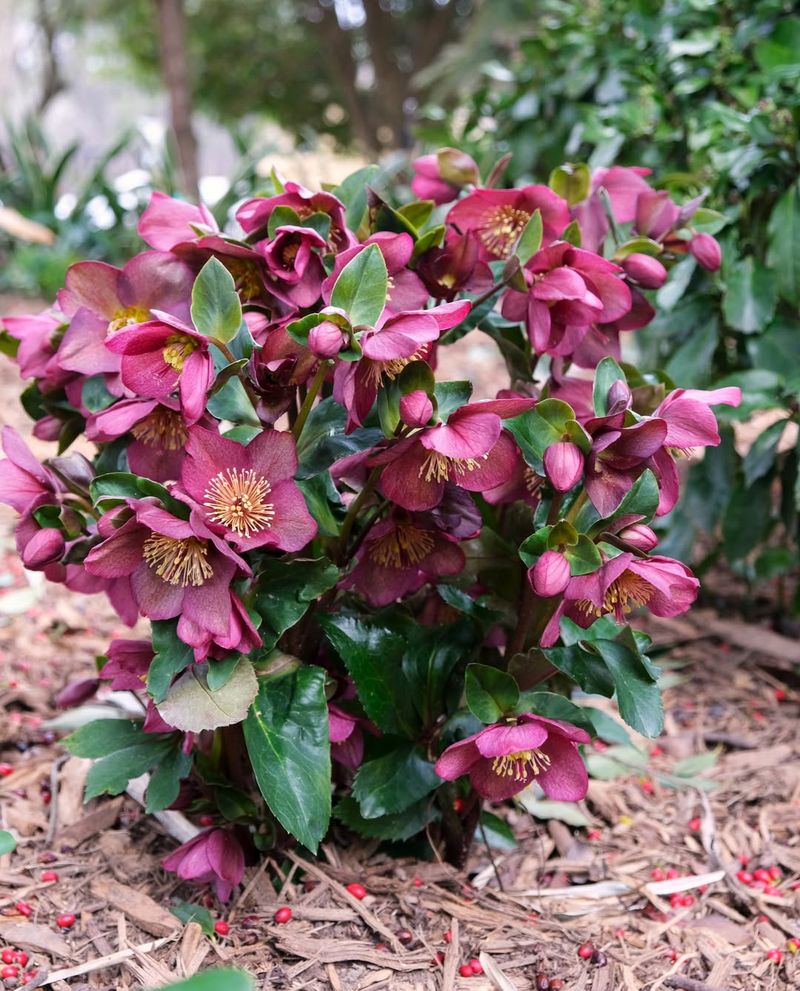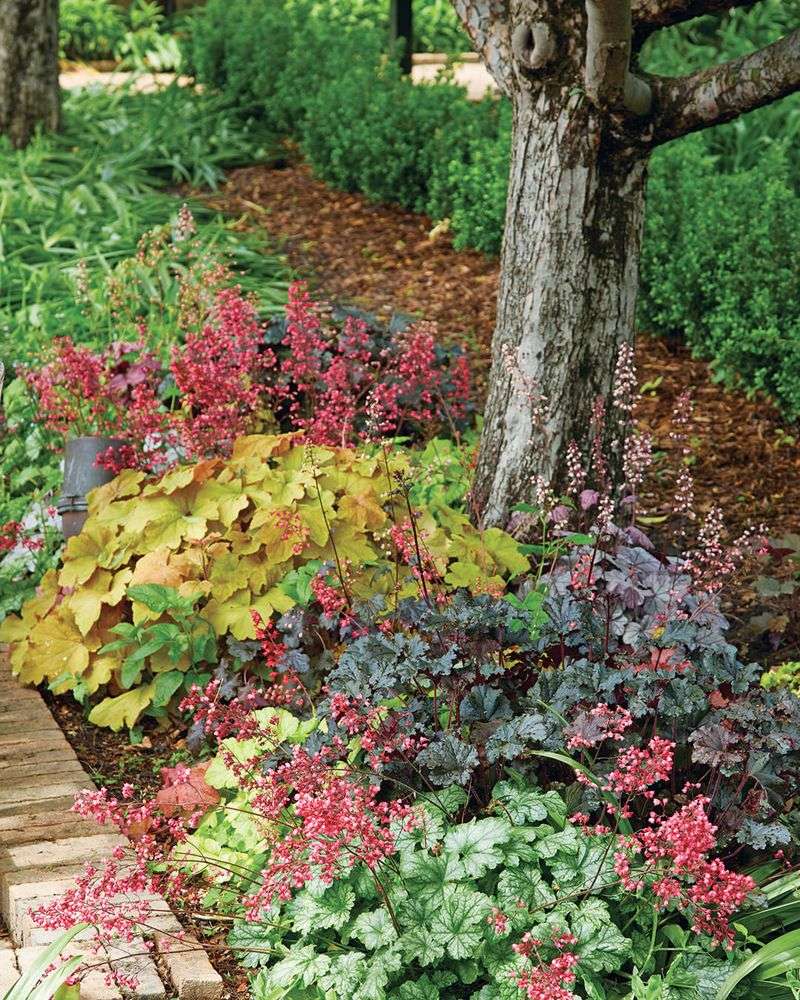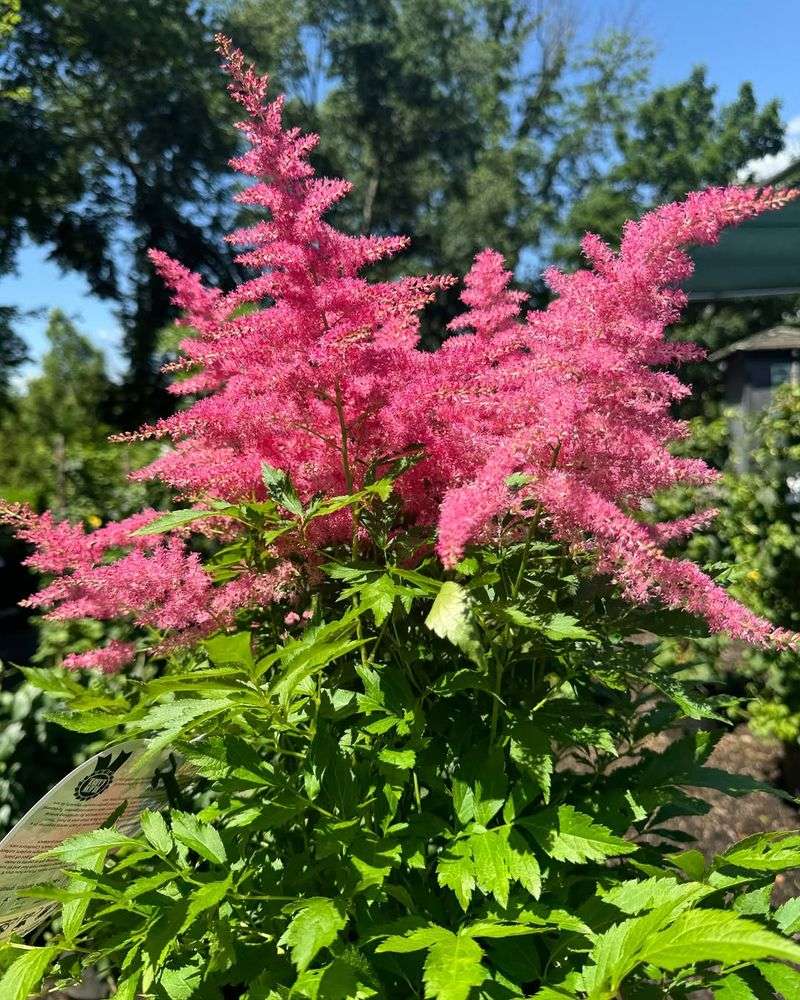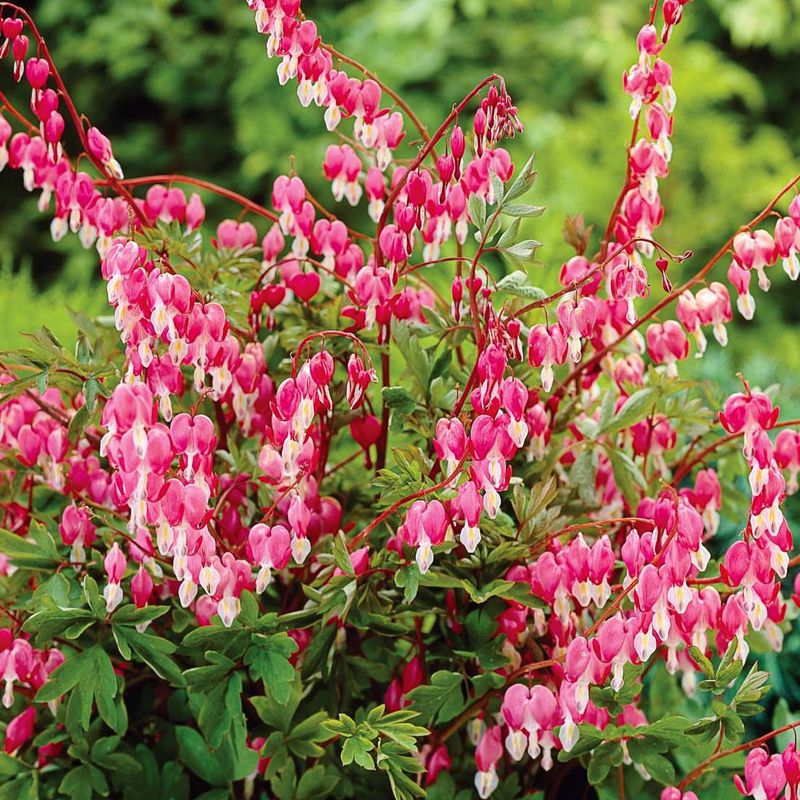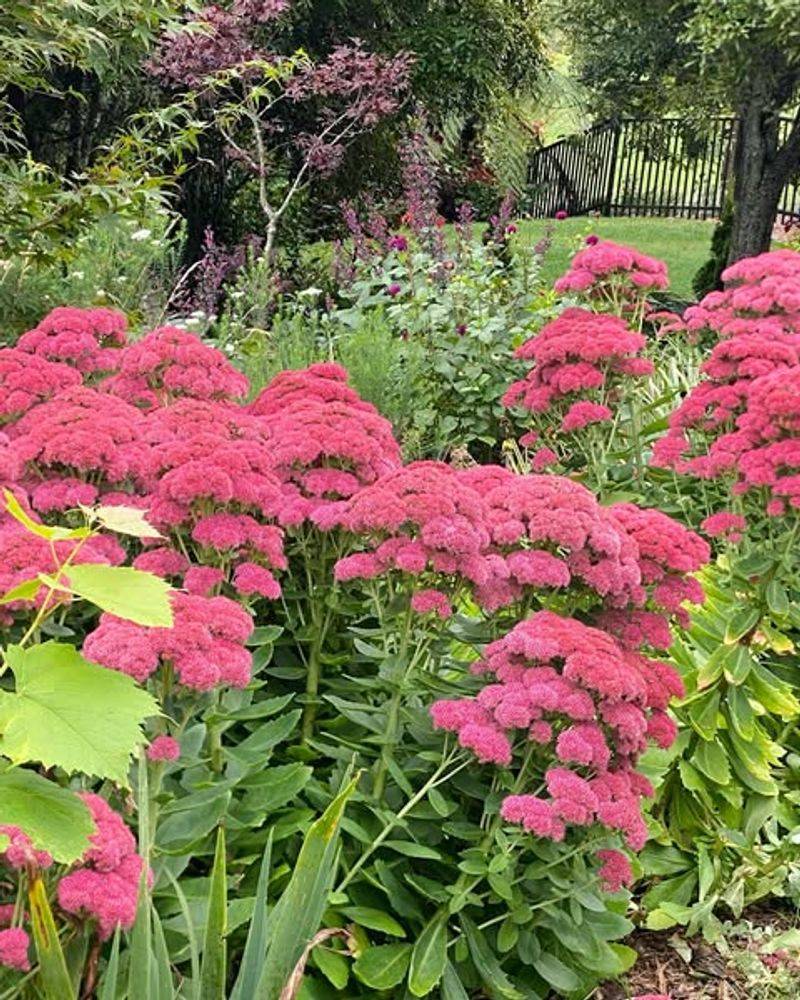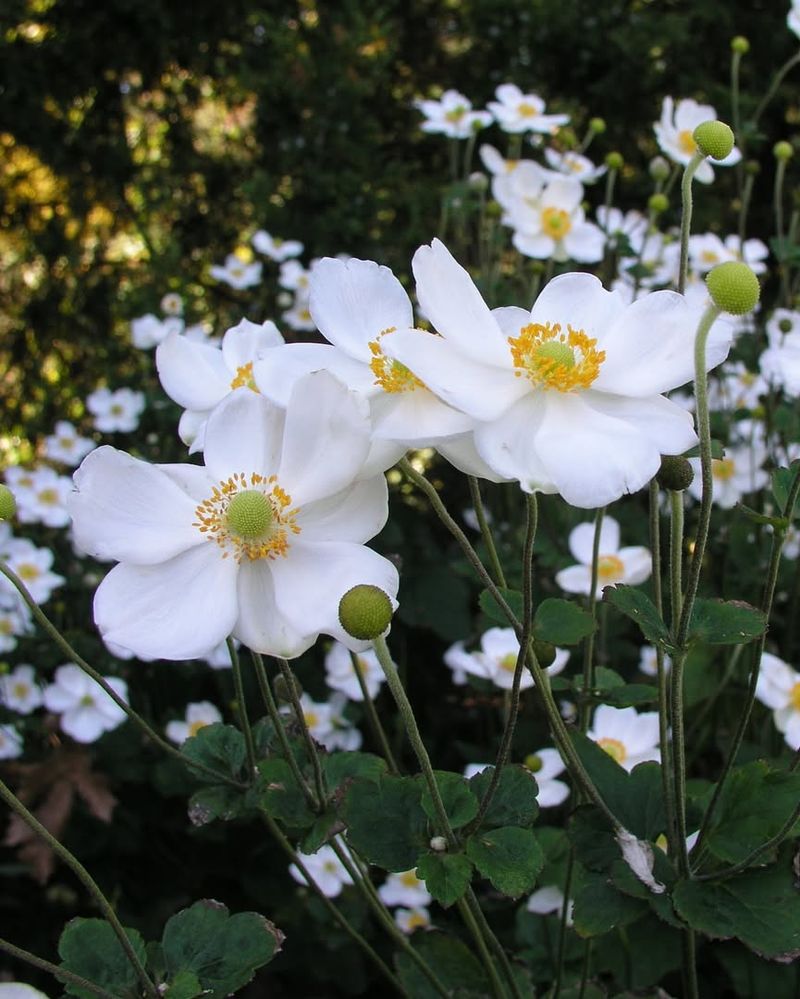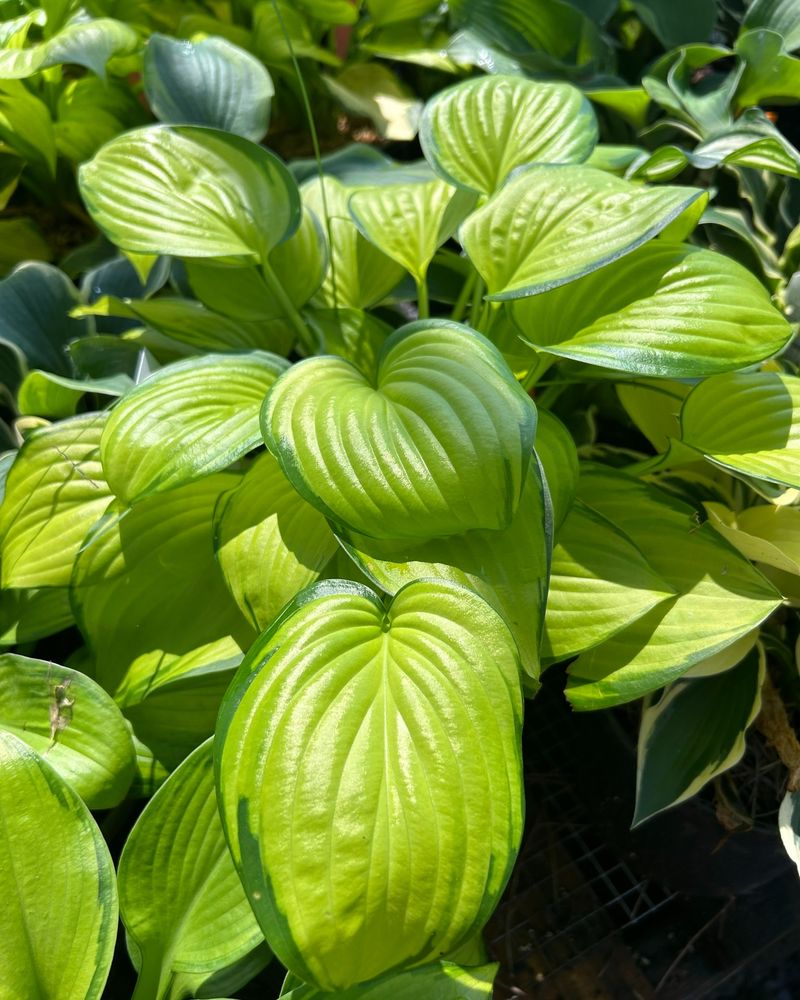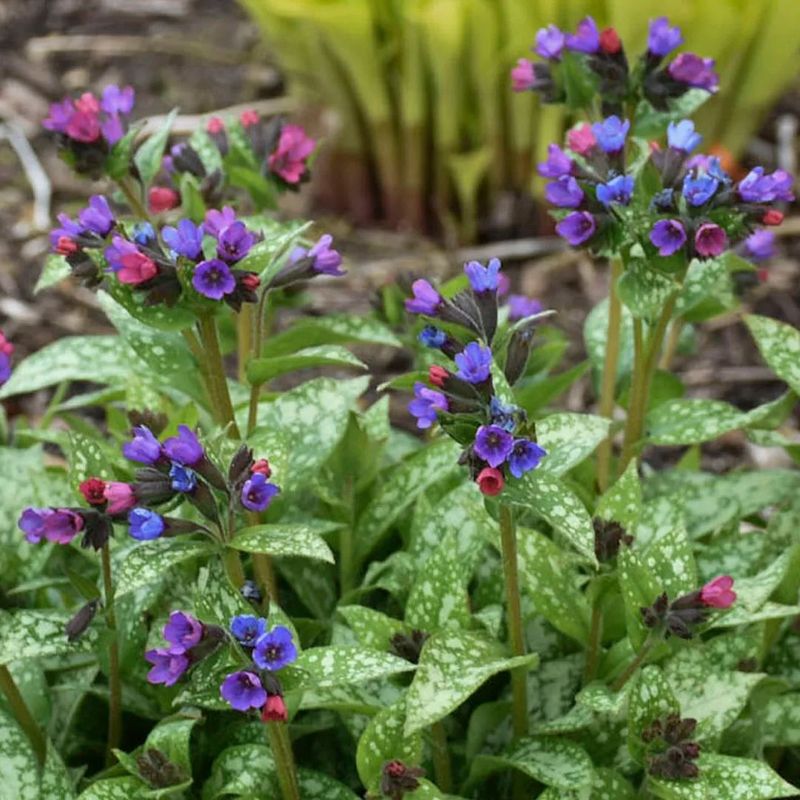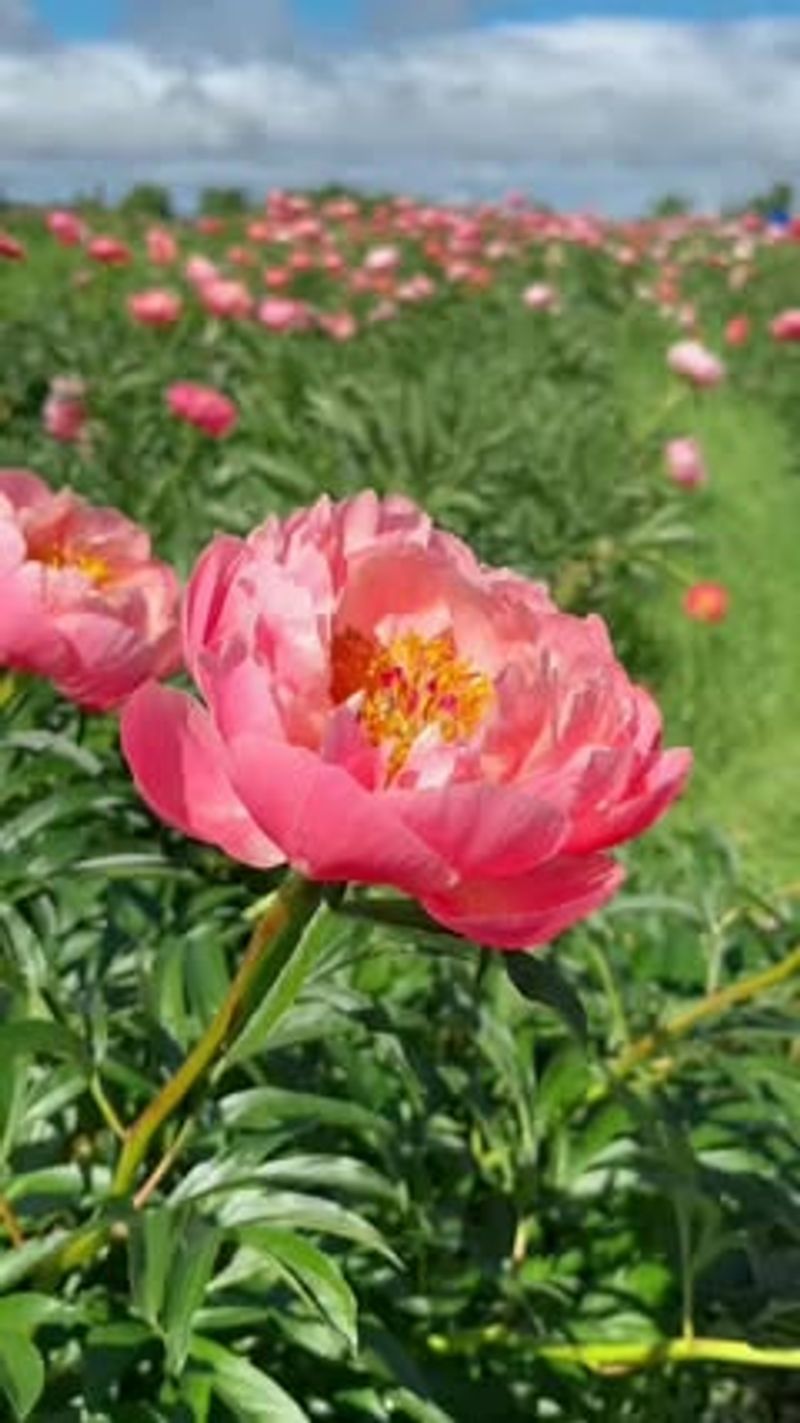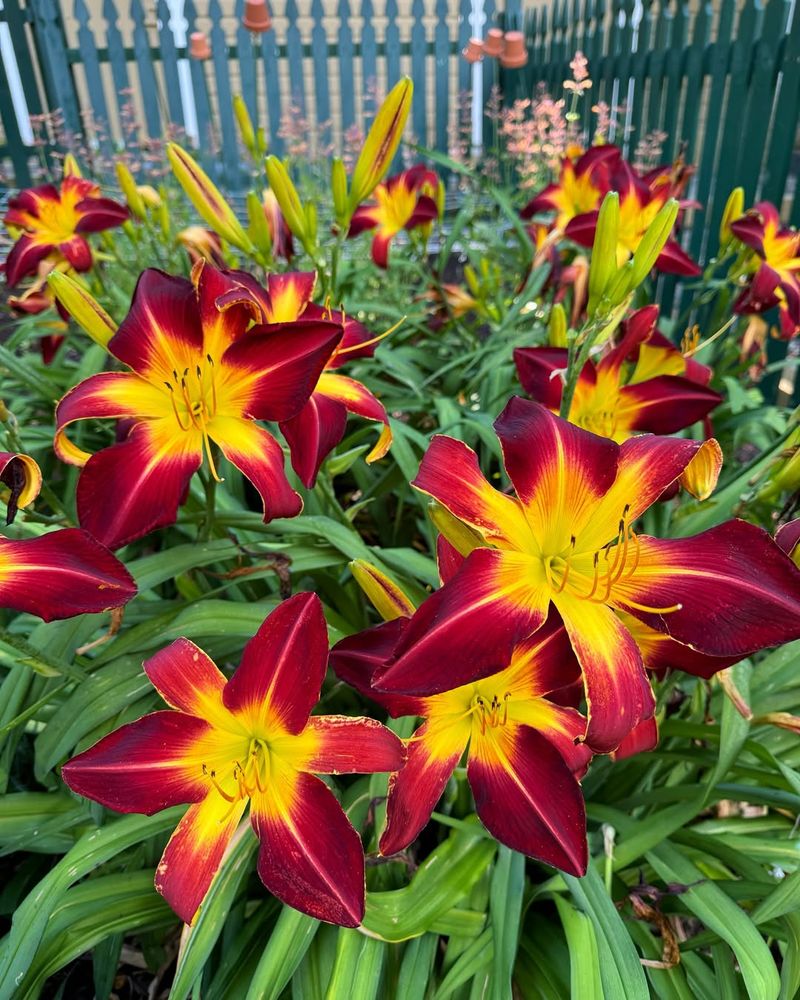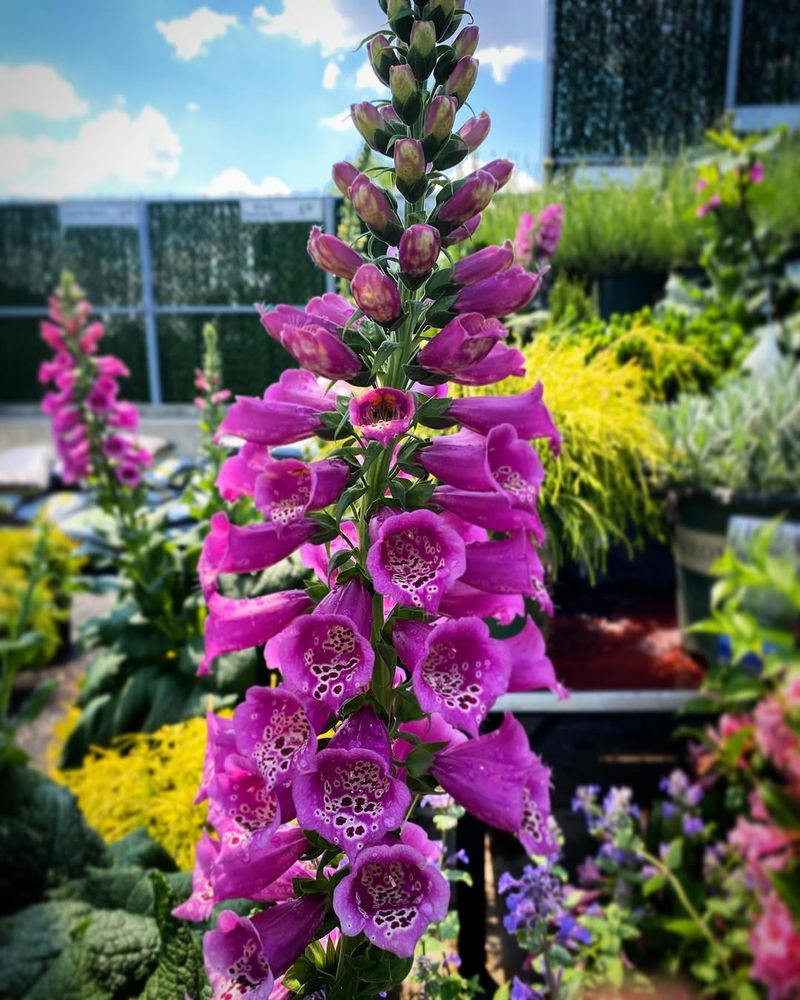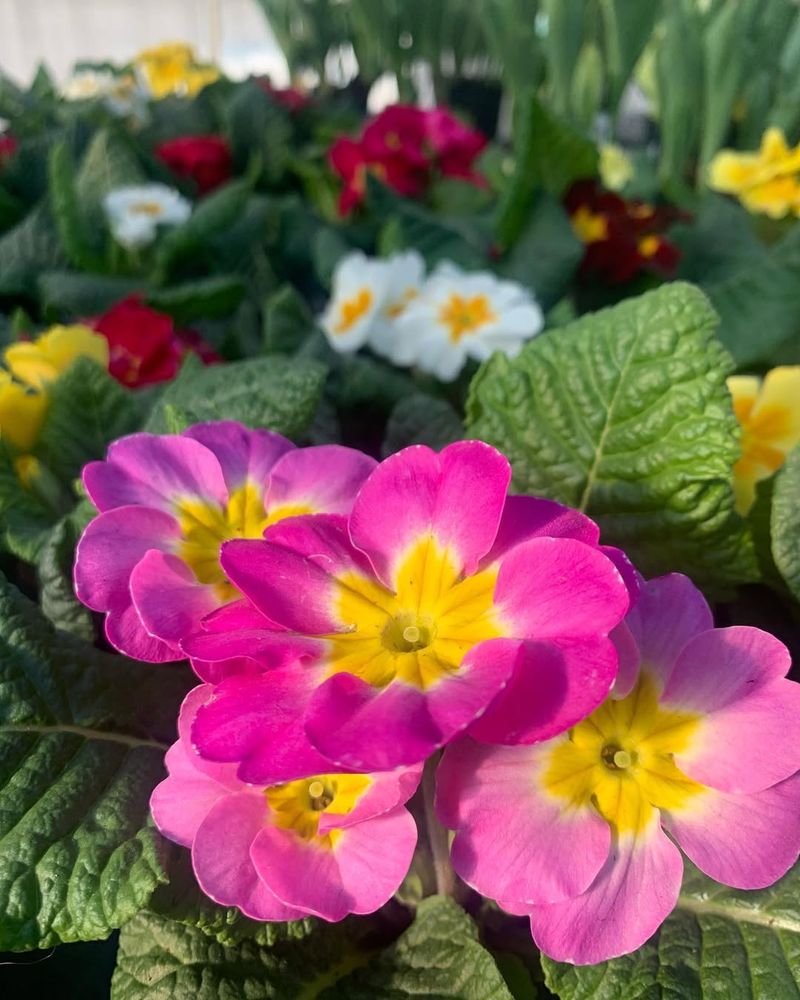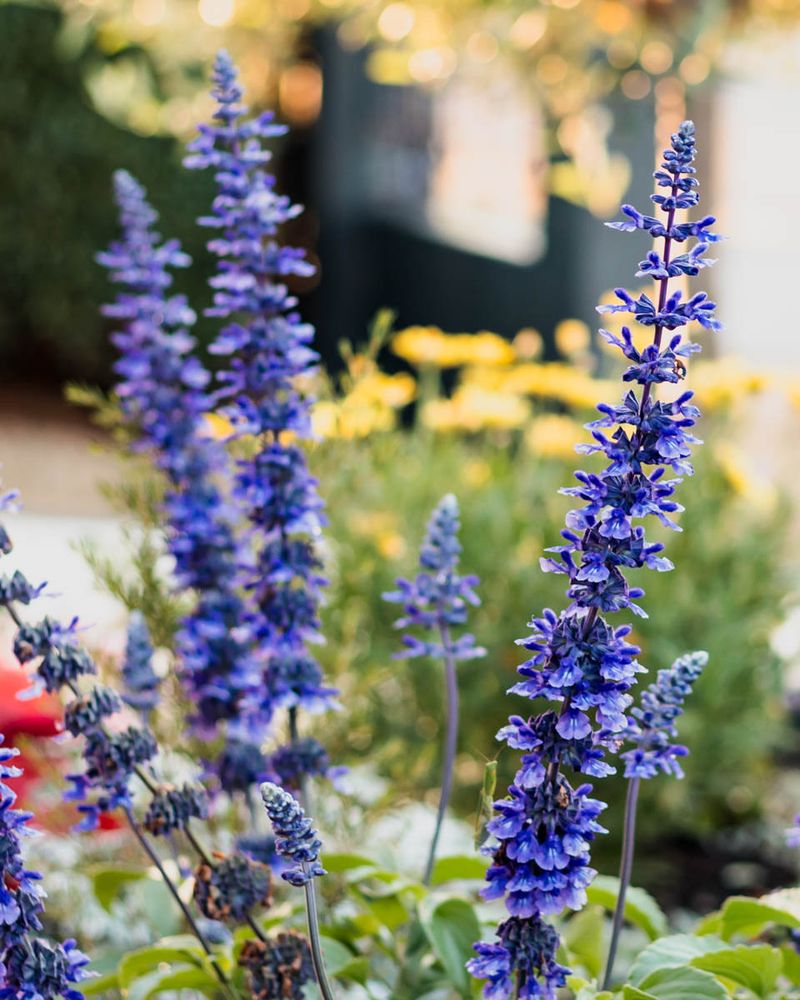Oregon gardeners, November is a fantastic month for planting certain perennials. With the right choices, your garden will stay colorful and lively through the seasons.
I’ve picked thirteen favorites that are tough, beautiful, and perfect for Oregon soil. Get ready to watch your garden bloom and grow with minimal effort.
1. Hellebores
Often called Christmas rose or Lenten rose, hellebores bring color when most gardens look dreary. Oregon’s cool, damp climate suits them perfectly, especially in shaded spots under trees or along north-facing walls.
Plant them in November and they’ll develop strong roots through winter. By late winter or early spring, you’ll see gorgeous blooms in shades of pink, purple, white, or green.
Once established, hellebores are incredibly tough and require minimal care throughout the year.
2. Coral Bells
With leaves that shimmer in shades of burgundy, copper, lime, and even purple, coral bells add year-round interest to Oregon gardens. Their delicate flower stalks appear in late spring, attracting hummingbirds and adding height.
November planting lets these beauties settle before winter rains arrive in full force. They tolerate both sun and shade, making them incredibly versatile for different garden spots.
Gardeners across Oregon appreciate how low-maintenance and colorful these perennials remain season after season.
3. Astilbe
Feathery plumes in pink, red, white, or lavender make astilbe a standout in shady Oregon gardens. These moisture-loving perennials absolutely adore the Pacific Northwest’s rainy climate.
Planting in November gives roots time to establish before the growing season kicks in. Astilbe thrives near streams, ponds, or any spot that stays consistently moist throughout summer months.
Their fern-like foliage looks attractive even after flowers fade, providing texture and greenery well into autumn across Oregon landscapes.
4. Bleeding Heart
Heart-shaped flowers dangling from arching stems create an enchanting display each spring. Oregon’s woodland-style gardens provide ideal conditions for these romantic perennials to flourish beautifully.
Fall planting in November allows bleeding hearts to develop robust root systems during dormancy. They prefer dappled shade and rich, well-draining soil that retains some moisture.
Many Oregon gardeners pair them with ferns and hostas for a classic cottage garden look that feels both timeless and magical.
5. Sedum
Tough as nails, sedum varieties range from low groundcovers to tall upright types with stunning flower clusters. November is actually ideal for planting these drought-tolerant perennials in Oregon’s well-drained areas.
Their fleshy leaves store water, helping them survive dry summer spells without much fussing. Butterflies and bees absolutely love their late-season blooms, which appear in shades of pink, red, or yellow.
Oregon rock gardens and sunny borders benefit greatly from sedum’s reliable performance and year-round appeal.
6. Japanese Anemone
Graceful blooms on tall stems bring elegance to Oregon gardens from late summer through fall. Japanese anemones prefer partial shade and appreciate the state’s naturally moist soil conditions during growing season.
November planting gives these perennials a head start on root development before spring arrives. Their delicate flowers in white or pink shades dance above attractive foliage that stays green all season long.
Once established across Oregon landscapes, they spread gradually to form lovely colonies that require minimal attention from gardeners.
7. Hostas
Lush foliage in every shade of green, blue, yellow, and variegated patterns makes hostas a shade garden staple. Oregon’s cool, moist climate creates perfect growing conditions for these leafy perennials to reach impressive sizes.
Planting in November allows hostas to establish roots while dormant, leading to vigorous growth come springtime. They range from tiny miniatures to giant specimens with leaves as big as dinner plates.
Gardeners throughout Oregon rely on hostas for reliable, low-maintenance beauty in shaded spots where other plants struggle mightily.
8. Lungwort
Spotted or silvery foliage combined with early spring flowers in pink, blue, or purple makes lungwort a woodland garden treasure. Oregon’s shady, moist areas provide exactly what these charming perennials need to thrive beautifully.
November planting ensures they’re ready to bloom as soon as winter loosens its grip on the landscape. Their attractive leaves remain ornamental throughout the entire growing season, even after flowers fade away.
Many Oregon gardeners appreciate lungwort’s ability to brighten dark corners where little else will grow successfully or look appealing.
9. Peonies
Big, fragrant blooms in late spring make peonies a beloved garden classic across generations. November is actually the best time to plant bare-root peonies in Oregon for strong establishment and abundant flowering.
They need cold winter temperatures to set buds properly, making Oregon’s climate absolutely ideal for these long-lived perennials. Plant them in a sunny spot with good drainage and they’ll reward you for decades.
Oregon gardeners often pass down peony plants through families, as they can live and bloom for over fifty years with minimal care.
10. Daylilies
Bright, cheerful blooms in nearly every color imaginable make daylilies a summer garden favorite. While each flower lasts just one day, plants produce so many buds that the show continues for weeks across Oregon landscapes.
November planting gives bare-root divisions time to settle in before the growing season begins in earnest. They tolerate a wide range of soil conditions and thrive in full sun to partial shade.
Oregon gardeners love how tough and reliable daylilies are, requiring almost no maintenance once they’re established in the ground.
11. Foxglove
Towering spikes covered in tubular flowers create dramatic vertical interest in Oregon gardens each late spring and early summer. While technically biennial, foxgloves self-seed readily, returning year after year like true perennials do.
Planting in November allows first-year foliage to develop strong roots through winter months ahead. They prefer partial shade and the naturally acidic soil found throughout much of Oregon’s landscape.
Hummingbirds and bees find foxglove blooms irresistible, making them excellent choices for pollinator-friendly gardens across the entire state.
12. Primrose
Cheerful blooms in rainbow colors signal spring’s arrival in Oregon gardens each year. Primroses thrive in the state’s cool, moist conditions, especially in partially shaded spots with rich soil.
November planting gives these early bloomers time to establish before their big show begins in late winter or early spring. They pair beautifully with bulbs and other early perennials for colorful seasonal displays.
Oregon gardeners appreciate how primroses naturalize over time, spreading slowly to form charming carpets of color beneath trees and shrubs throughout the landscape.
13. Salvia
Spikes of vibrant blue, purple, pink, or red flowers attract pollinators from late spring through fall across Oregon. Perennial salvias are tougher than their annual cousins, returning reliably year after year with minimal effort.
Planting in November allows roots to establish during dormancy, leading to stronger plants that bloom more abundantly. They prefer full sun and well-drained soil, making them perfect for Oregon’s drier garden spots.
Many Oregon gardeners choose salvias for their long blooming period and ability to attract butterflies, bees, and hummingbirds throughout the growing season.

